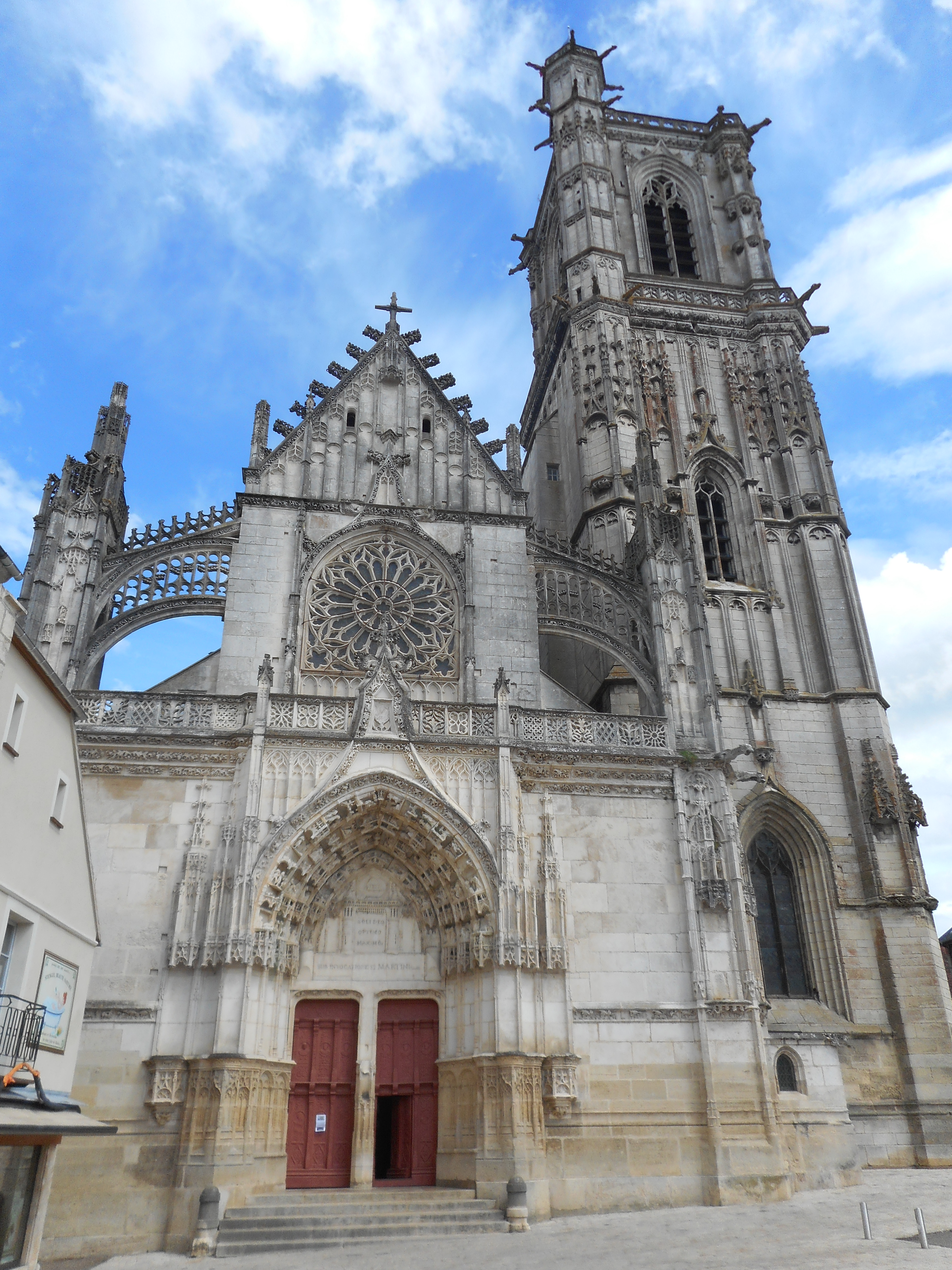En 1075 ou 1076, le vicomte Guy de Clamecy de la maison de Nevers, et Godefroy, évêque d’Auxerre, fondent un collège de huit chanoines prébendés, qui sont rattachés à l’église qui devient donc une collégiale.
La construction de l’actuelle église Saint-Martin de Clamecy a débutée aux alentours de l’an 1215. La tour est construite en 1497. Elle est achevée au début du XVIe siècle.
Elle reçoit la titulature de Saint-Martin en 1448. L’origine du vocable de Saint-Martin viendrait du séjour du corps de saint Martin en Bourgogne lors des invasions normandes.
L’église mesure 40m de long et 16m de large. Elle marque l’apparition du style gothique dans le nivernais et représente le « style bourguignon ».
L’église abrite un vitrail figurant une vie de saint Martin, une statue représentant saint Martin en évêque et une charité de saint Martin dans un bas-relief en bois sculpté sur un mobilier de l’église.
L’église a accueilli une relique du manteau, une mandibule, une côte et un os du doigt de saint Martin.
L’église est classée Monument historique en 1840 PA00112851
In 1075 or 1076, Viscount Guy de Clamecy of the house of Nevers, and Godefroy, bishop of Auxerre, founded a college of eight pre-bended canons, who were attached to the church which therefore became a collegiate church.
The construction of the current Saint-Martin church of Clamecy began around the year 1215. The tower was built in 1497. It was completed at the beginning of the 16th century.
It received the title of Saint-Martin in 1448. The origin of the term Saint-Martin would come from the stay of the body of Saint Martin in Burgundy during the Norman invasions.
The church is 40m long and 16m wide. It marks the appearance of the Gothic style in the Nivernais and represents the « Burgundian style ».
The church houses a stained-glass window depicting a life of Saint Martin, a statue of Saint Martin as a bishop and a charity of Saint Martin in a wooden bas-relief carved on church furniture.
The church received a relic of the mantle, a mandible, a rib and a bone from the finger of Saint Martin.
The church was listed as a historic monument in 1840 PA00112851

 "/>
"/>


